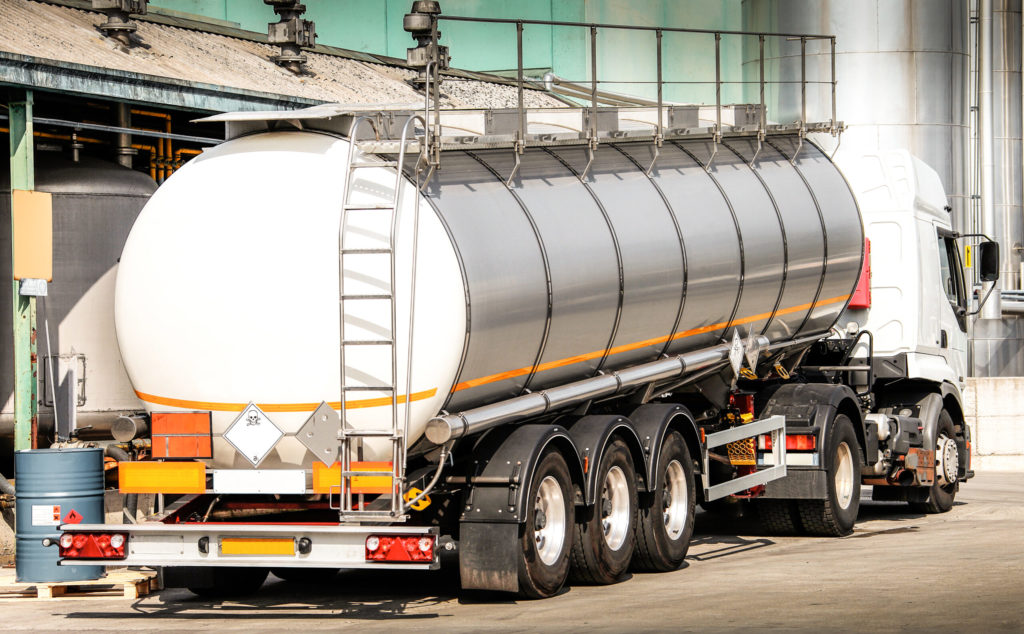What is written in the current ADR 2023 regulation regarding Ex compliance?
There are limitations for:
– tunnels
– IBCs with combustible dust (measures shall be taken to prevent a dangerous electrostatic discharge)
– packagings
– safety valves and devices
– markings
– mechanical integrity
– quantity
– Special provisions applicable to the carriage of self-reactive substances of Class 4.1, organic peroxides of Class 5.2 and substances stabilized by temperature control (other than self-reactive substances and organic peroxides)
—- Vehicle or container with thermal insulation and single mechanical refrigeration provided that for substance(s) to be carried with a flash point lower than the sum of the emergency temperature plus 5 °C explosion-proof electrical fittings, EEx IIB T3 are used within the cooling compartment to prevent ignition of flammable vapours from the substances
– Vehicle or container with thermal insulation and dual mechanical refrigeration system
—- For substance(s) to be carried with a flash point lower than the sum of the emergency temperature plus 5 °C explosion-proof electrical fittings, EEx IIB T3, are used within the cooling compartment to prevent ignition of flammable vapours from the substances.
—- If bulk containers, containers or vehicles are used for the carriage in bulk of goods liable to cause a dust explosion, or evolve flammable vapours (e. g. for certain wastes) measures shall be taken to exclude sources of ignition and prevent dangerous electrostatic discharge during carriage, filling or discharge of the substance.

– Permanently energized circuits
—- Those parts of the electrical installation including the leads which shall remain energized when the battery master switch is open, shall be suitable for use in hazardous areas. Such equipment shall meet the general requirements of IEC 60079, parts 0 and 144 and the additional requirements applicable from IEC 60079, parts 1, 2, 5, 6, 7, 11, 15, 18, 26 or 28;
—- For the application of IEC 60079 part 144, the following classification shall be used:
Permanently energized electrical equipment including the leads shall meet the requirements for Zone 1 for electrical equipment in general or meet
the requirements for Zone 2 for electrical equipment situated in the driver’s cab. The requirements for explosion group IIC, temperature class T6 shall be met.
However, for permanently energized electrical equipment installed in an environment where the temperature caused by non-electrical equipment situated in that environment exceeds the T6 temperature limit, the temperature classification of the permanently energized electrical
equipment shall be at least that of the T4 temperature class.
—- The supply leads for permanently energised equipment shall either comply with the provisions of IEC 60079, part 7 (“Increased safety”) and be protected by a fuse or automatic circuit breaker placed as close to the source of power as practicable or, in the case of “intrinsically safe
equipment”, they shall be protected by a safety barrier placed as close to the source of power as practicable.
ADR clearly defines:
It means a lorry shall be prepared for the delivery of dangerous goods, and in that case no Ex zone shall (can) be defined.
For all other operations such as loading, unloading, maintainence, repair… yes… Ex zone shall be defined!
Few questionmarks to here:
– current ADR edition only speaks about electrical assets…
So what about non-electrical explosion protection?
Keep up the good work!
Arpad





